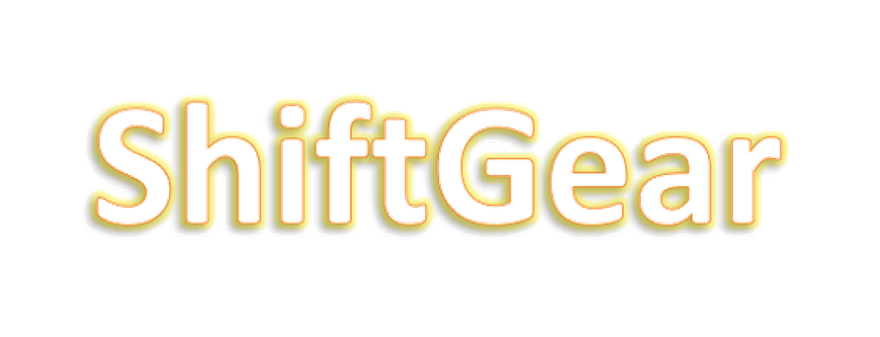Producing exact equipment schematics for revolving machinery is a basic job for mechanical designers, requiring precise focus to geometric accuracy, kinematic partnerships, and manufacturing requirements. This procedure guarantees reputable transmission layout, sound reduction, and reliable power transfer. Below is an organized approach to creating these schematics.
(how to draw gear schematics rotating t machine)
** Understanding Equipment Geometry and Requirements **.
Begin by defining gear criteria according to recognized standards (AGMA, ISO, or HUBBUB). Crucial specs consist of component or diametral pitch, stress angle, number of teeth, helix angle, face size, and material grade. Determine crucial measurements: pitch diameter, addendum, dedendum, root diameter, and outside size. For helical or bevel equipments, integrate axial/radial forces and bearing reactions. Usage parametric CAD software to automate these estimations, ensuring uniformity and reducing human error.
** Kinematic Format and Positioning **.
Lay out the kinematic plan of shafts, bearings, and gears. Determine center ranges in between shafts, making up thermal expansion and deflection resistances. Placement equipments to stay clear of undercuts or interference, particularly in planetary or compound gear trains. Confirm get in touch with ratios (≥ 1.2 for smooth operation) and backlash demands. For idlers or substance gears, make certain correct phasing to stabilize tons. Annotate turning directions (clockwise/counterclockwise) and power circulation paths making use of arrowheads.
** Detailing Gear Pearly Whites and Profiles **.
Highlight gear teeth making use of simplified or outlined projections per ISO 2203. In sectional views, show tooth involvement along the pitch circle. For spur gears, utilize straight lines in the axial sight; for helical equipments, reveal tilted teeth with lead lines. Bevel equipments need auxiliary views to present tapered teeth. Highlight fillet spans at tooth origins and surface coating symbols (e.g., Ra 1.6 μm) on important surface areas. Consist of resistance callouts for tooth profiles (AGMA Course 5-12) and bore diameters (H7/h6 fits).
** Assimilation with Machine Elements **.
Program mounting details: keyways (ISO 7734), splines (ISO 4156), or disturbance fits. Suggest lubrication courses: oil grooves, jets, or splash guards. Referral bearing housings and seals beside gears. For large equipments, define balancing holes or vibrant harmonizing requirements (e.g., G2.5 per ISO 1940). Include setting up constraints: shims for axial modification or preload mechanisms for tapered roller bearings.
** Annotations and Documents **.
Label all elements with balloons linked to an expense of products (BOM). The BOM should detail heat treatment (e.g., case setting to 55 HRC), coating (phosphate or black oxide), and non-destructive testing (magnetic bit examination). Note crucial GD&T: tooth profile runout (0.02 mm) and cumulative pitch mistake. Append a title block with revision background, range, and style authorization trademarks. Reference relevant computation reports (e.g., tooth flexing stress per AGMA 2001-D04).
** Validation and Best Practices **.
Cross-check schematics versus kinematic simulations (e.g., MATLAB or Romax) to verify no tooth jamming or resonance happens within the operating RPM array. Team up with producing groups to make sure machinability– avoid hard to reach grinding zones or non-standard tooling. For prototypes, consist of facility distance change slots in real estate drawings. Archive schematics in PDM systems with version control.
** Verdict **.
(how to draw gear schematics rotating t machine)
Precise equipment schematics form the backbone of resilient revolving equipment. By adhering to standard practices, leveraging CAD automation, and highlighting manufacturability, designers alleviate failure risks and maximize efficiency. Constant version between style, analysis, and manufacturing feedback refines these schematics into robust engineering artifacts.


